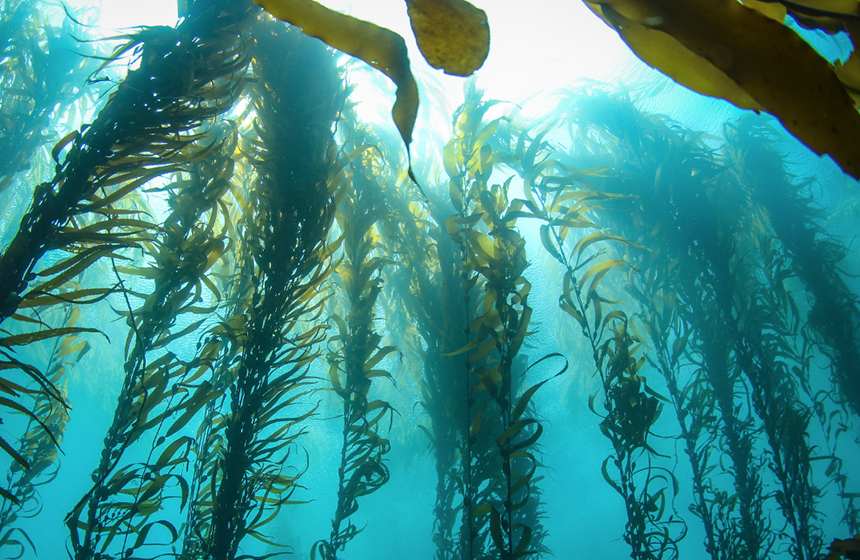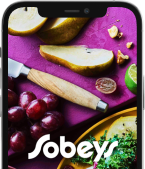Ocean Wise recommends both farmed and wild seafood options.
Because both harvesting methods ensure healthy and resilient populations. They also limit the impact on habitats and other species.
Why is Sourcing Sustainable Seafood Important?
Over the last 50 years, consumption of seafood around the world has doubled. 2018 even marked a new high in consumption per person (20.5kilograms).
This increase has led to the fishing and seafood industries growing significantly. Right now, over 56 million people across the globe work within the fishing industry. And millions more work in associated industries, too.
Aquaculture accounts for over half the seafood eaten across the world every day. Without sustainable seafood harvesting methods, we'll never keep up with demand.
What is Sustainable Aquaculture?
Did you know? Over half the seafood we eat globally comes from farmed sources
Aquaculture is the practice of farming fish and other ocean dwellers in dedicated habitats.
It's one of the fastest-growing food-producing sectors across the globe. And, because of this, it plays an important role in our food system and in feeding the world's population.
Aquaculture provides both food security and jobs for millions of people around the world. As with any food industry, there are tradeoffs, but ensuring we are supporting the most sustainable forms of aquaculture is the best way to carve a path forward that supports both people and the environment.
Land Based Recirculating Aquaculture Systems (RAS)
Recirculating aquaculture systems, also known as ‘RAS', have emerged! They're an innovative and efficient way to farm large quantities of seafood.
These land-based systems are an intensive aquaculture method for re-conditioning water. It does this by circulating water and replacing no more than 10% of the total water volume of the system, daily.
RAS physically isolates waste from the surrounding environment. Which reduces the risk of introducing diseases, pathogens, and harmful chemicals effluent to sensitive habitats.
RAS facilities are generally built in re-purposed structures or on brownfield sites. For example, in a warehouse or where the warehouse used to be. Thus, ensuring the industry doesn't result in further habitat or ecosystem loss.
These systems can be used to farm both freshwater and saltwater species. And, they can be across a range of temperatures, from tropical to cold water.
What is Restorative Aquaculture?
Restorative aquaculture is the cultivation of low food chain, filter-feeding species, to positively impact ecosystems. For example, kelp and bivalve shellfish like mussels, clams, and oysters. RAS has the potential to improve the environment. But it can also provide long-term job security for fishermen and support healthy diets with nutrient demands.
Unlike land-based agriculture for protein, farming for seaweed and shellfish need no inputs. Meaning there's no requirement for large amounts of fertilizers, land, and freshwater. Instead, they survive off nutrients and food naturally found in the water column.
For example, growing kelp and bivalves together is mutually beneficial. The bivalves improve water clarity by absorbing nitrogen and phosphorus. This allows more sunlight to reach the kelp. Then, the kelp oxygenates the waterways and reduces the effects of acidification. All, of which, help the bivalves grow and maintain their calcium-carbonate shells.
Did you know? Kelp forests act as carbon sinks for atmospheric carbon dioxide. They absorb 20 times the carbon than land-based forests.
Finally, the kelp and bivalve aquaculture partnership increases local biodiversity. They provide habitat structure and refuge for fish, crustaceans, and other invertebrates.

Pictured: Kelp Forest
Having Ocean Wise as a close partner to Safeway means we can make a difference to ocean health. Just by featuring products with the Ocean Wise logo, you know we're putting these great fishing practices to the test. And we hope to see thriving sea life continue. You, too, can become a part of this sustainability effort. So, search for the logo and shop seafood recommended by Ocean Wise.
We also have more fishy content for you to read. For example, our “Fresh Seafood” page and a range of recipes such as “Seared Scallops with Artichokes & Salami”. Or, to learn more about ocean sustainability, head directly to our Ocean Wise Seafood Partners.

